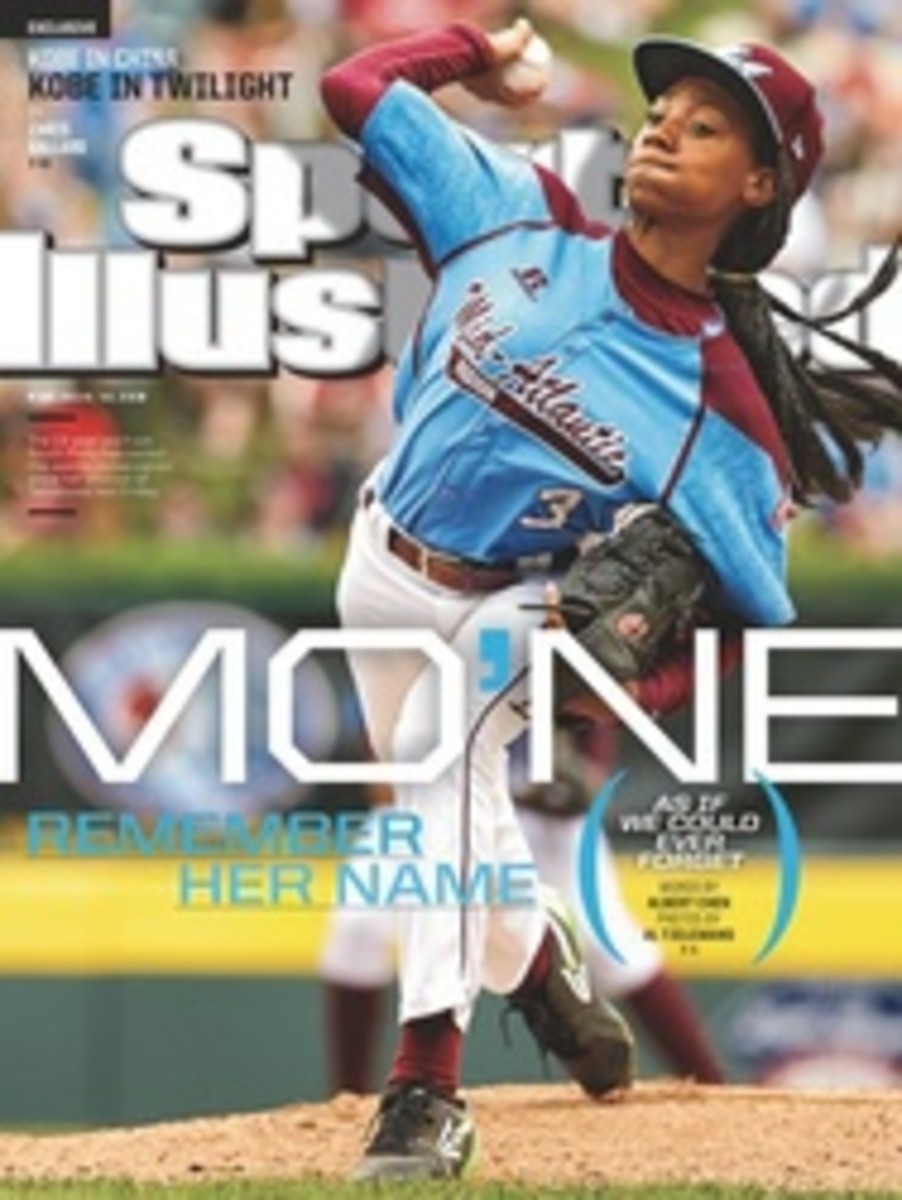
The Case for ... Changing Baseball
AFTER MORE THAN 20 years under Bud Selig, baseball will have a new commissioner next season. Rob Manfred, MLB's chief operating officer and Selig's longtime point person on labor relations and drug-policy enforcement, was elected last Thursday and will take over in January 2015.
Manfred inherits an industry that is as healthy off the field as it has ever been. Annual revenues, driven by local-television contracts and the ATM that is MLB Advanced Media, have grown to more than $8 billion. Aggressive revenue sharing has pushed that money into the pockets of all 30 franchises, allowing small-market teams like the A's and the Royals to compete for both talent and championships. There hasn't been a work stoppage since the 1994--95 strike. Owners have even reined in their labor costs, with the players' share of revenues slipping from more than 60% at the turn of the century to around 40% today.
Selig, a former owner whose mandate was to represent the interests of the owners, focused mostly on off-field issues while showing a lack of attention to the game on the field. While run scoring in Selig's final season (4.10 runs per game per team) is comparable to what it was in 1992 (4.12), the play has changed dramatically. That season batters struck out in 14.7% of plate appearances; this year that number is 20.3%. Strikeouts (28,567) are nearly as common as hits (31,859). Late innings are dominated by relief pitchers throwing 95 miles per hour for one inning at a time, with relievers striking out more than 22% of the batters they face. There's an outcry to fix the pace of games, centering on hitters who step out of the box between pitches and pitchers who hold the ball interminably once the batter is set. The pace when the ball is out of play would be less bothersome if all the K's didn't mean there's so little action when it is in play.
These changes are in part evolutionary. Teams have trained starting pitchers to work shorter outings at close to maximum effort on each pitch and have developed power arms for limited use in high-leverage situations. The changes are also due to umpires who have shifted the called strike zone lower and wider than the one in the rule book one. Even as strikeouts reach an alltime peak, walk rates are at levels not seen since the mound was lowered and the strike zone reduced in 1969.
Manfred's first job is to take a long look not at TV contracts, bargaining agreements and revenue projections but at actual games. He has to make himself into the commissioner of baseball rather than the commissioner of the baseball industry. The game on the field is broken and needs solutions that address problems without inviting unintended consequences—an occasional problem under Selig.
Manfred's first priority has to be restoring the balance between pitchers and hitters. He could automate ball-and-strike calling, which would lead to fewer unreachable pitches well off the outside corner being deemed "strikes." He could create limits on the number of pitchers on a roster or eligible for a game, which would encourage teams to value relievers who can go multiple innings rather than just fire away for one. Lowering the mound is another option to chip away at pitcher dominance.
There has to be more to the Office of the Commissioner than raising revenues and keeping them away from the players. Manfred, so closely associated with Selig, must separate himself from his predecessor's approach and focus on the game itself.
Rob Manfred's job should be to act as the commissioner of baseball not of the industry of baseball.
PHOTO
H. DARR BEISER/USA TODAY SPORTS

